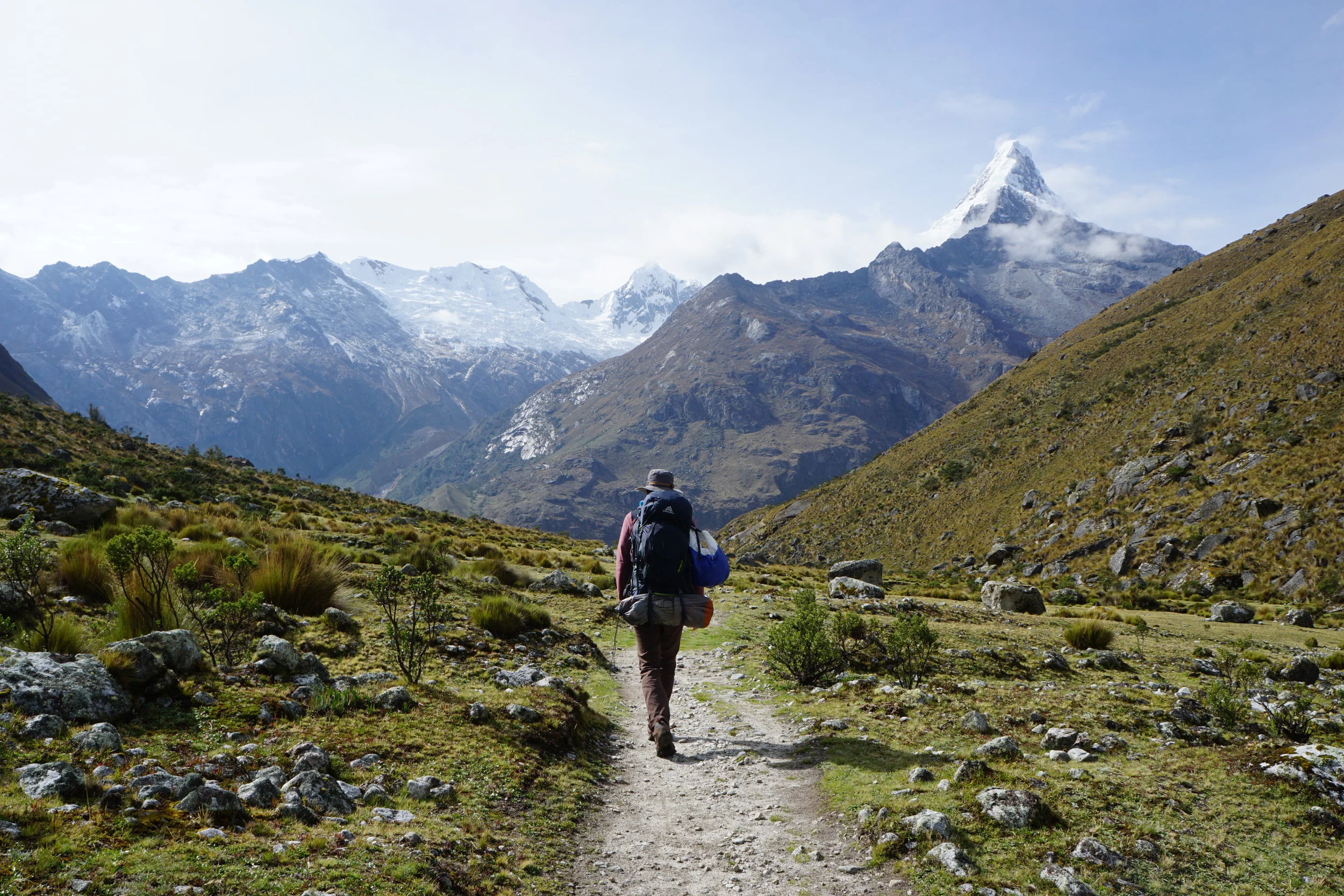It’s always striking how perspective can change and Lima has felt like the anchor point for these shifts throughout my trip. Landing in Lima for a third time, my journey from the airport was a wild one. It’s pretty rare for tourists to take the public bus from the airport, but it’s the perfect window into working class Lima and the price is right so I opt for this route. The bus stop is a lively, chaotic place. Small minibuses drift into the pickup zone from the highway at full speed. Fare collectors hang out the sliding doors hooting at other busses as they narrowly avoid collision. Yelling out in an undecipherable shorthand where the bus is going. Locals pile in and out. Before the dust settles from such an aggressive entrance the tires squeal, peeling out back onto the main road. As I waited for my bus, a rather comfortable public shuttle not dissimilar to what you would find in NYC or Paris, I marvel at this loosely organized system and how efficient it does appear to be, moving people rapidly with little fuss. It’s also a bit of a shock to the system. After three months in Chile, I had forgotten how much looser things tend to be in Peru and it was exhilarating to be tossed back into the frenzy.
Arequipa and the Canyon de Colca
It is amazing how perspective can change. When I first arrived in Peru, regions of Lima felt like the Wild West. Upon returning, after a month exploring up north, the city felt tamed, almost docile. Streets that I deemed sketchy on day one now felt luxurious. Extended exposure to anything builds tolerance, and I think I’m slowly becoming immune to the chaos.
A Little Lima
Our first days in Peru gave a quick taste of Lima, the capitol city of Peru. Home to about 10 million people (1/3 of the population) it's a bustling place. We stayed in Miraflores, considered the boogie part of town, and the hub for hostels and tourism. The city sits high on cliffs overlooking the Pacific Ocean and a good bus system plus easy to use combi buses makes it easy to get around.



